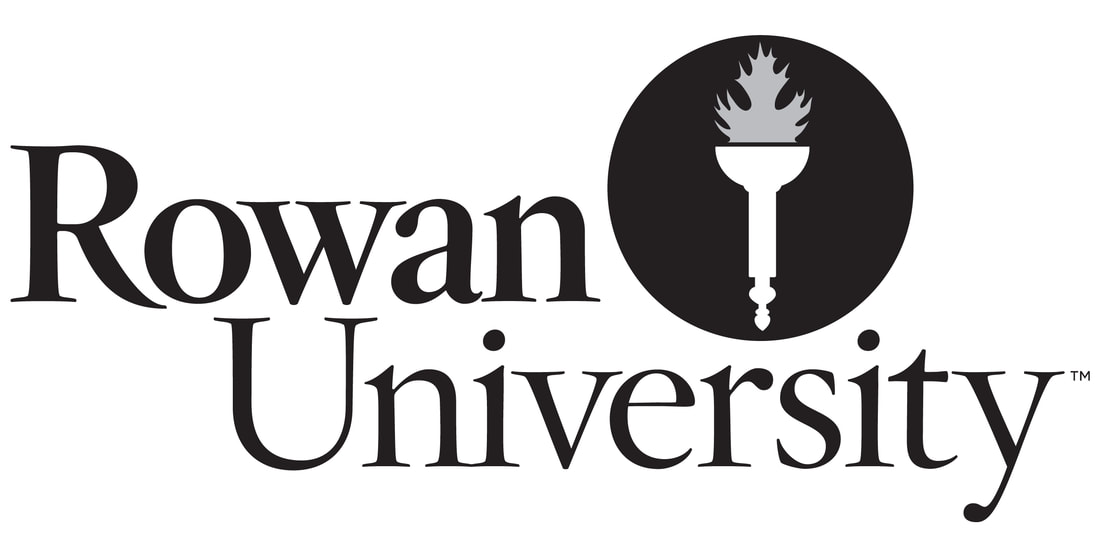(Photos courtesy of Flickr and Wikipedia.) 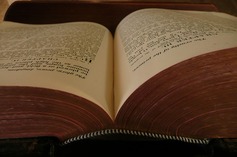 Obscenity, vulgarity, and "objectionable content" have different definitions and degrees depending on the individual. In his book, The Phenomenon of Obscenity in Literature: The Specification of a Value by SUNY Binghamton's Dillon says "to call a thing by its own name is a necessary step in treating it properly.” This thought has been echoed many times in the attempt to define what is objectionable vs. what is art throughout the history of our society. In her book, The Reinvention of Obscenity, author Joan Dejean says the concept of obscenity and censorship started coming into play when tradition began to take on new meaning. In other words, according to Dejean, “literary phenomenon vs. threat to society.” Stories such as The Color Purple and Huckleberry Finn reflect the time period in which they were written. Conservative groups, she argues, should not ban accurate depictions of what really happened just because they don’t like the way it sounds. The legal battles over obscenity in any kind of widely disseminated literature are documented to have started in the 1800’s and continue today. This earlier period was a time of adjustment for the United States, as the country still was recovering from the wounds of the Civil War. Women just were starting their big move towards wider independence, as many more were able to attend college and get an education outside of the home. The U.S Supreme Court tried to define the essence of censorship many times. There was the Comstock Law (1873) and the case of Regina v. Hicklin (1868), which was applied to test the content of both Theodore Dreiser’s An American Tragedy and Lady Chatterley’s Lover. Roth v. US was another important ruling in the path to crafting an understanding and approachable balance between obscenity and art. This case stated that social importance would be a much more valid determining factor on whether a work could be protected under the First Amendment of the Constitution. The original decisions from 1868 and 1873 were changed because of Roth v. US. Judgment in general, is a side effect of the current political climate, and whatever the state of human nature is at that moment. It requires more energy to remain impartial and look for the value in a piece of printed prose that we as people might not necessarily like or agree with. The conclusions many of these cases reached show it is up to the individual to judge the value of a literary work as it applies to his or her life. Strong judgments about a piece of literature are just what they appear to be: one person’s opinion of society’s intrinsic need for that work. Who are we to tell others that something they have enjoyed reading is of no value, solely because of our personal or moral objections to the content? The real illustration of the social need for such works that test the moral bounds of society should be how well they have stood the test of time. Why do so many people learn from a specific book? What do they take away from it? How is it that they obtain information through the text? How many different ways can this book or piece of work be evaluated? These are the questions that educators, librarians, and other academics need to ask before whisking something off to a banned books list. The definition of obscenity is becoming increasingly difficult to determine, especially in a modern context. Because of the many legal battles swirling over the definition of what exactly the term “obscenity” means, let’s loosely definite it here as something that could be potentially offensive to a person’s moral code of conduct. The definition of obscenity should not only be based on social need for the content, and the clarity of message, but also on whether new generations will continue to reap the same benefits from the text that previous generations fought over. The eventual conclusion should be that, much like people, literature continues to evolve . . . and so does public and private opinion. If we had chosen to ban every book that a school board or PTA group didn’t like, we wouldn’t have classics such as Ellis’ American Psycho, Vonnegut’s Cat’s Cradle and Slaughterhouse Five, or Mary Shelley’s Frankenstein to shape our cultural landscape. One person cannot possibly tackle the differences of opinion in the art vs. obscenity battle. However, it is important that we realize there should be no compromise when it comes to protecting the creative aspect at the core of human expression.
0 Comments
Leave a Reply. |
Archives
July 2024
Categories
All
|
|
Glassworks is a publication of Rowan University's Master of Arts in Writing 260 Victoria Street • Glassboro, New Jersey 08028 [email protected] |
All Content on this Site (c) 2024 Glassworks
|

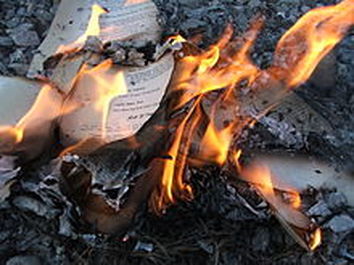
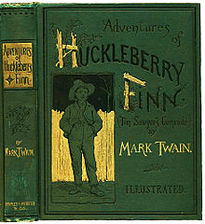
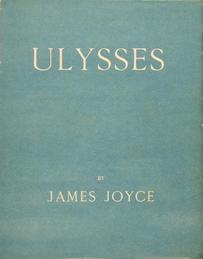
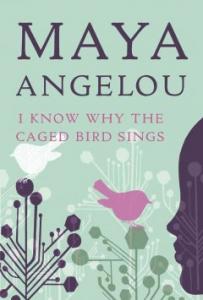
 RSS Feed
RSS Feed
